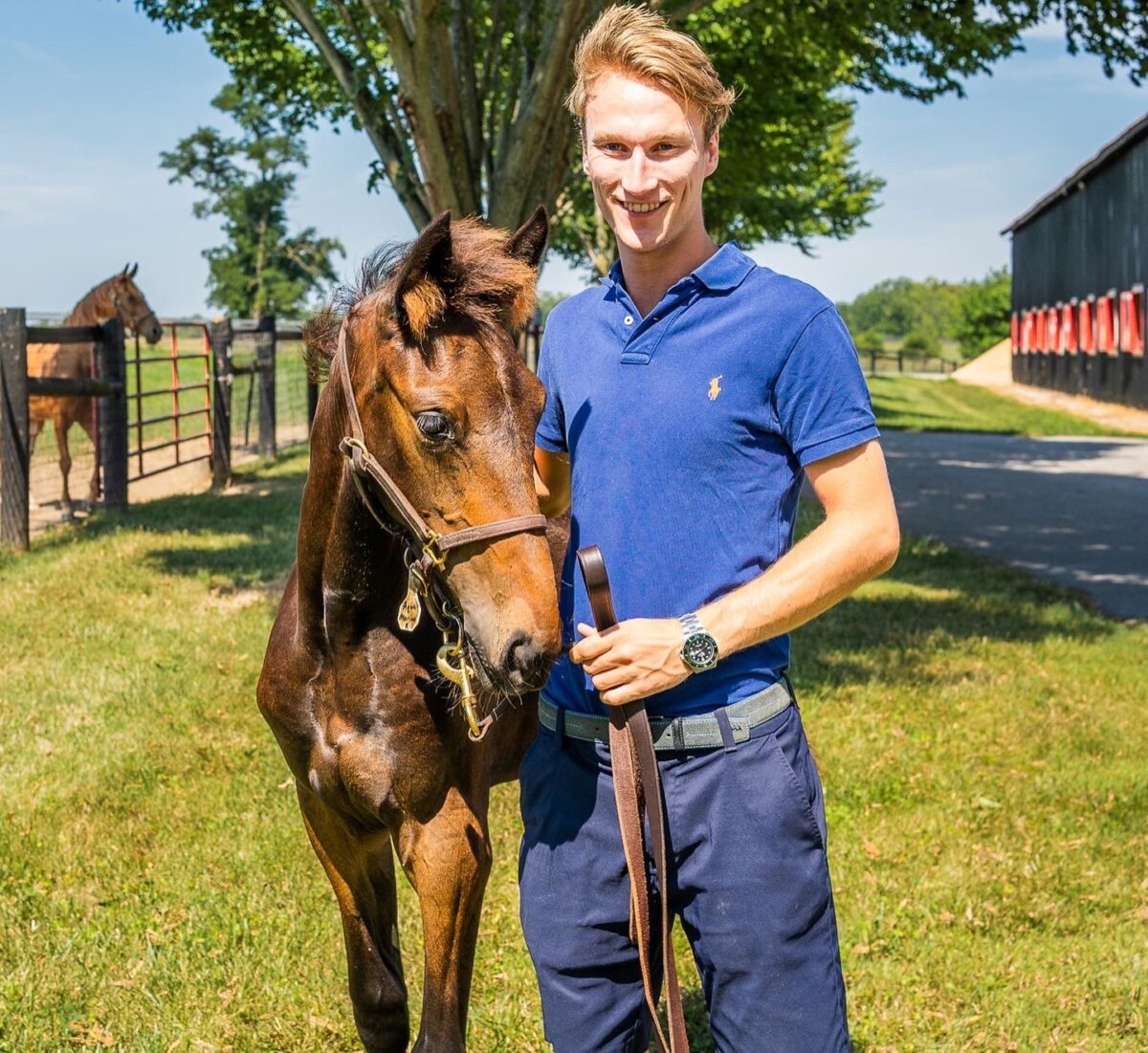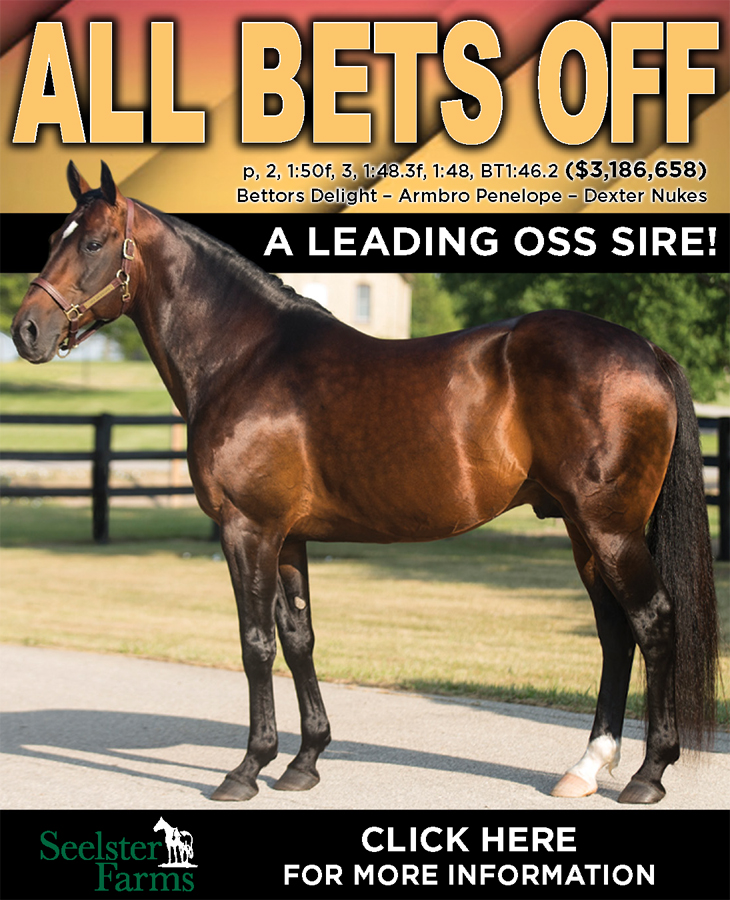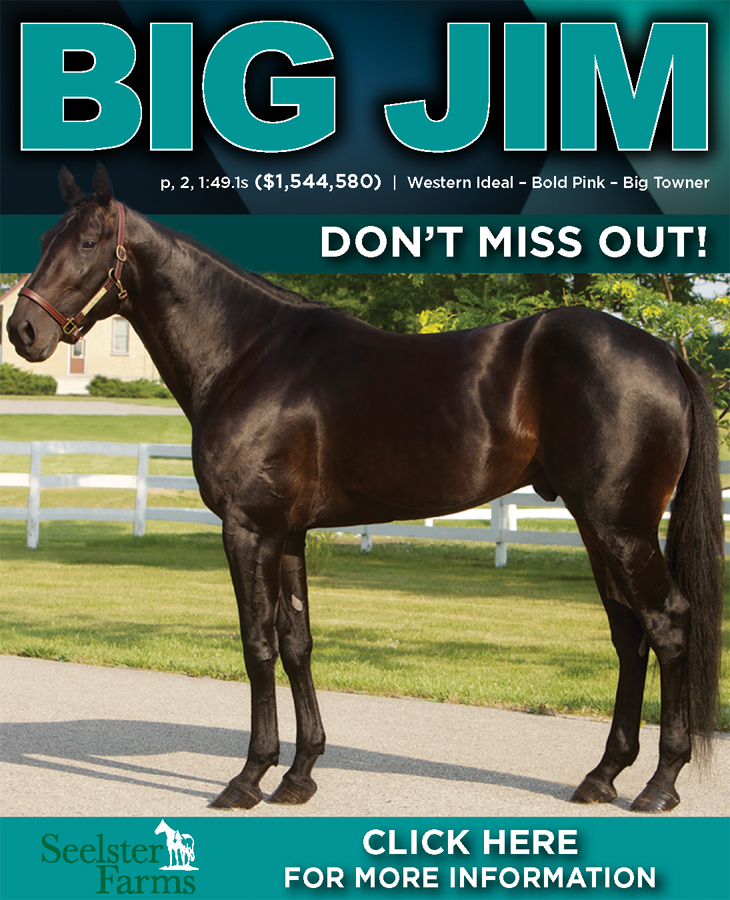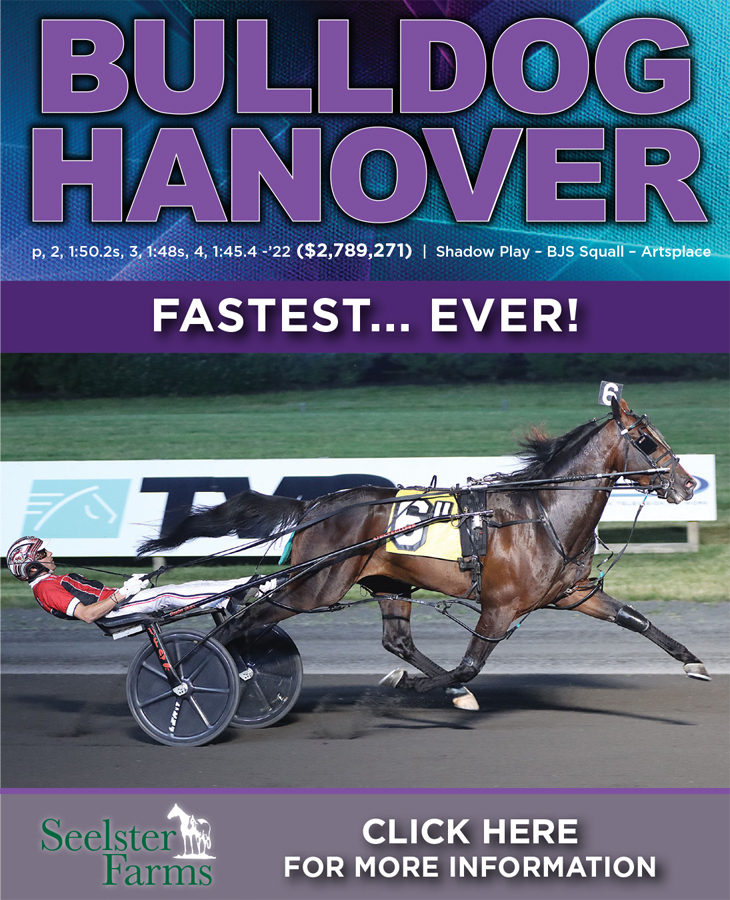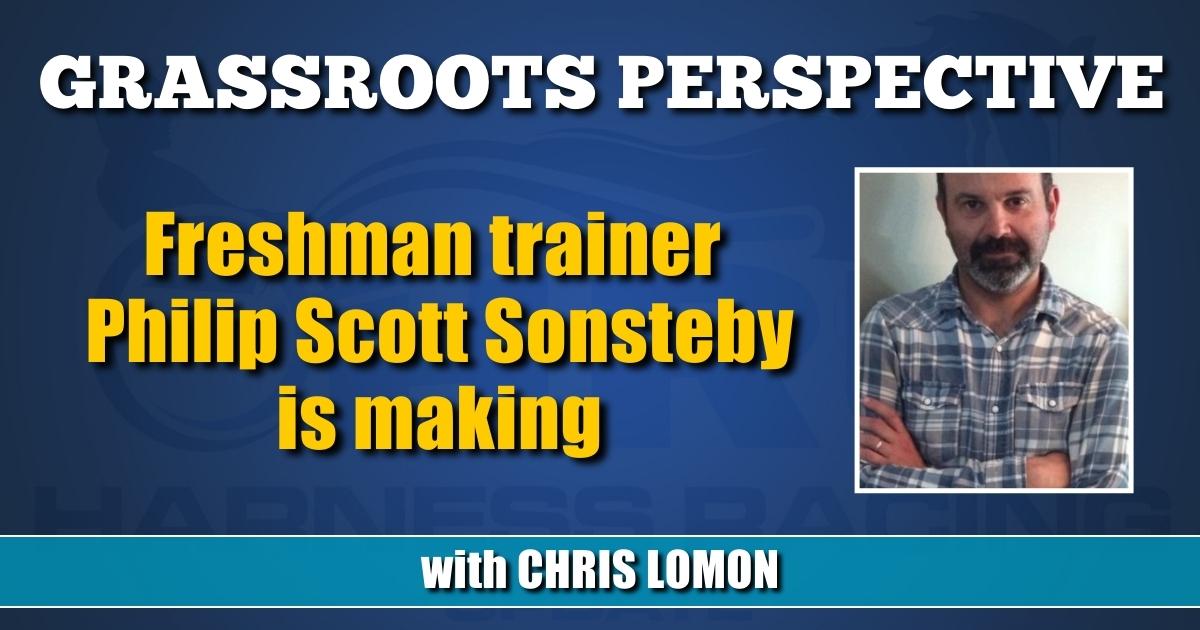

Freshman trainer Philip Scott Sonsteby is making the most of his fortuitous circumstances
by Chris Lomon
He’s by no means Roald Amundsen, but when it comes to exploring new opportunities in the standardbred world, Philip Scott Sonsteby has some impressive stories of his own.
While he doesn’t have the same notoriety and recognition in Norway as fellow countryman Amundsen, who holds status as the first person to reach the South Pole, Sonsteby, who first landed in the U.S. five years ago, would eventually find his own success.
“It’s a coincidence, really,” Sonsteby said. “I never thought I would end up in the U.S. I was toying with the idea of becoming a trainer back in Norway, and my dad said that I should come over to the States and see if I could buy a horse or two at one of the sales and bring them back home. A buddy of my dad’s was always over here, so I joined him on one of his trips to the U.S.
“He used to work for Lindy Farms back in the 1980s and is friends with the Antonacci family, so he introduced me to them. Frank [M. Antonacci] had a birthday party one night and I ended up sitting at the same table as him, his brother and some other horse people. They were catching up with my Norwegian friend and they were asking, ‘Who is this Norwegian guy you are with?’ I told them what I had done, my work with horses, and they were kind of intrigued.”
So much, in fact, that by the end of the evening, Sonsteby had a job offer.
“Frank told me that if I wanted to come over and work, I could work for them,” Sonsteby said. “So, that’s how it all started. I came over to buy horses. I didn’t get any, but I did get a job out of it. I went back and got my paperwork sorted out and then came back and started working for them.”
It turned out to be a perfect launching pad for a horse racing life in the U.S.
Working for one of racing’s most successful families provided Sonsteby with a foundation to learn about the sport, specifically, the requirements to fare well in the race bike and training.
“It was a good place to start out,” he said. “I was with them for close to a year, then I started working for Trond Smedshammer, a fellow Norwegian. Trond gave me some nice opportunities, which was great. I think I made money for most of the horses I drove for Trond. Another person I would like to thank is Noel Daley, who has been extremely supportive and has given me a lot of great advice and help. But it was tough in the beginning.”
Things have been much better since then.
While he’s had a modest number of driving starts since 2019, 26 in all, Sonsteby’s first year as a trainer, in 2023, has been a great success.
In 38 starts, he’s posted five wins and 18 top-three finishes, along with nearly $180,000 in purse earnings.
“This year, with having my own stable, I’m driving a little bit more,” Sonsteby said. “You try and prepare your horse and yourself in the best way possible to get the outcome you are looking for. I have one yearling of my own who I own with my parents, and I also have a piece of two horses, while operating a barn of around 15 horses.”
Sonsteby, whose first training win came in July with Chimebelle, a trotting daughter of Bar Hopping, will continue to chase the goals he set for himself ahead of his first start on May 27.
“Most people who know me understand that I am very optimistic, and I set very tough goals for myself, to the point that some people might say they are unachievable,” Sonsteby said. “I like to have something to push towards and I want to be one of the better trainers in the States. That is the goal I am working towards. A lot of trainers set the goal of wanting to beat last year’s numbers, but not having a last year number to beat, I wanted to go into this year making the money back on the yearlings bought and that the owners get the money back for their training bills. I think if we add up all the numbers, I did pretty well. Some horses went under what we expected, and some went over what he had expected.”
As for his best horsemanship skill, Sonsteby opted for the ability to map out the best route for each horse under his care.
“I believe I can read the horse, knowing what my horse’s strengths and weaknesses are, and helping them to be the best they can be,” he said. “You have to be the best with what you have and help each horse fulfil their potential. That’s my goal and I think I do a pretty good job with that.”
When he’s not working to unlock promise in the pacers and trotters, Sonsteby enjoys the chance to hit the greens with friends for a round of golf.
Those moments serve as both enjoyment and escapism.
“I like relaxing with friends, going out for dinner, things like that,” Sonsteby said. “It’s been busy in the summer, so there hasn’t been a lot of golf, but in March and April, especially, I was able to golf. When I’m doing something else, it helps me unwind. In the horse business, the horses are on your mind pretty much all the time, so when I am out on the golf course, I am more annoyed with the bad shot I took. You need to unwind. You need to be serious about what you do in your career, but you also need to take time to relax. At the beginning of the year, you are breaking babies and training them, in the middle of the season you’re racing everywhere, and then you’re breaking babies again. It goes by fast, but it is always an interesting journey.”
A journey that would likely impress Roald Amundsen.
“My parents always had horses at the farm, so I’ve been around horses since I was very young,” Sonsteby said. “We moved to the farm when I was around 4 — my dad had inherited the farm — and I grew up around horses. I had my own pony, and I did pony racing, which is very popular in Scandinavia. And now I am here in the States and things are going well. I’m happy with the way [it] turned out, even if I hadn’t planned it that way.”









